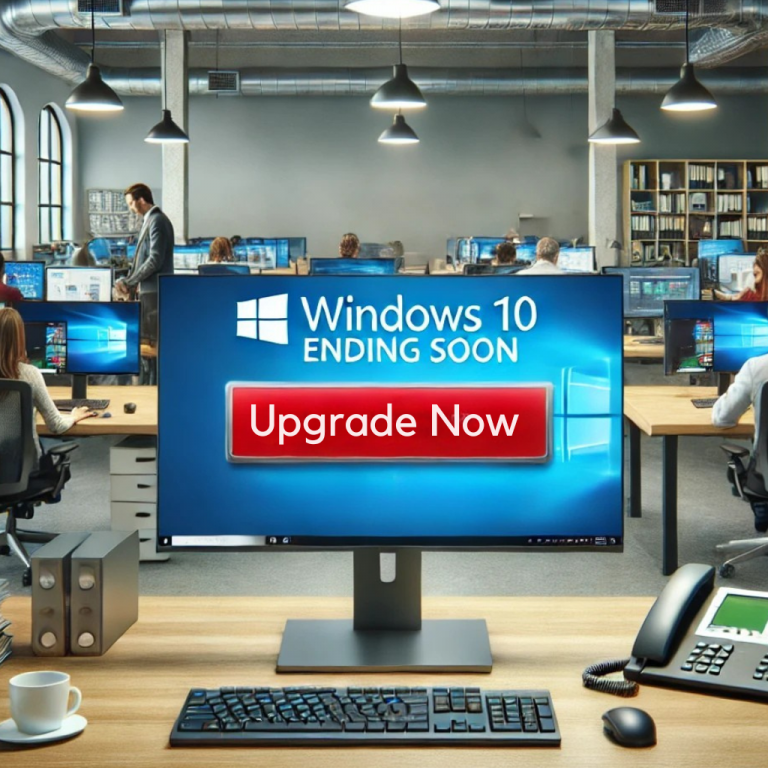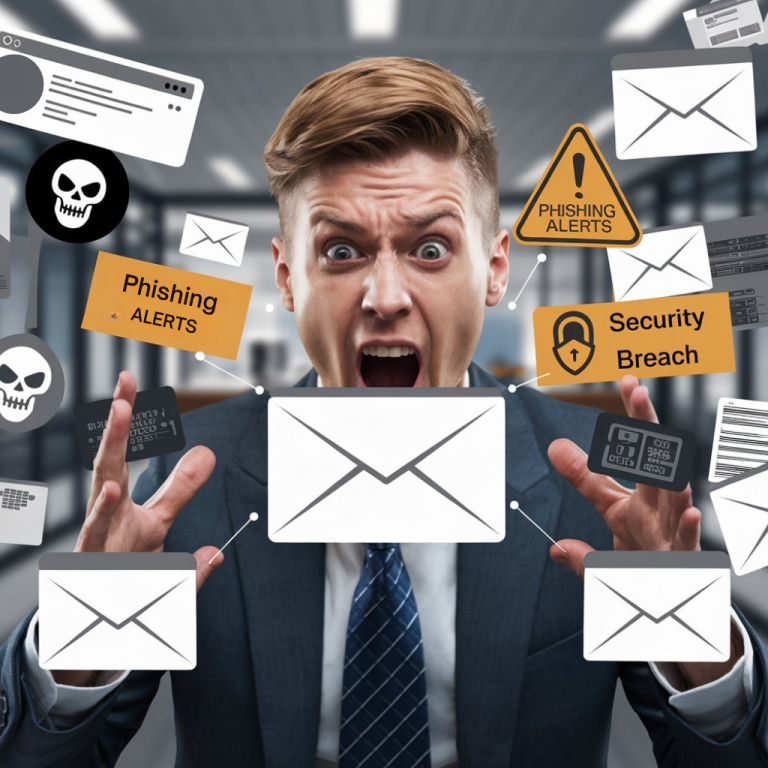It’s a sunny June morning. Half your team is on vacation. The other half is juggling coffee shop Wi-Fi and spotty hotel connections.
And then it happens:
- Your system crashes.
- The printer won’t print.
- Shared files vanish into the void.
- A phishing email just slipped past your filters.
You call your IT person… but they’re out of office, too.
Now what?
Your business stalls. Your team scrambles. And your vacation just got hijacked.
Sounds dramatic? Maybe.
But unrealistic? Not at all.
Summer is Great for Vacations — Terrible for Reactive IT Support
Most business owners underestimate how much tech quietly holds everything together… until it all breaks. And when your only IT resource is on PTO, you’re stuck.
That’s the fatal flaw of reactive IT support:
It works fine — until it doesn’t.
The “Just call Bob if something goes wrong” approach might get you by during slower seasons, but summer? That’s when it all hits at once:
- Servers still overheat.
- Hardware still fails.
- Hackers don’t take vacations.
And when no one’s available to respond, downtime and damage pile up — fast.
Reactive IT = Playing Catch-Up While Firefighting
If your IT plan is built around fixing things after they break, you’re signing up for:
- Costly downtime while you wait for help
- Security breaches slipping through unnoticed
- Minor glitches turning into major repairs
- Zero support when your “go-to” person is MIA
It’s not just inconvenient. It’s a liability — especially in June, when vacation calendars are packed and remote work is the norm.
Proactive IT = Peace of Mind, Even from a Beach Chair
A proactive IT partner doesn’t wait for disasters — they prevent them.
They monitor your systems around the clock, apply updates before vulnerabilities are exposed, and ensure your business keeps running… whether your team is on-site or on a surfboard.
Here’s what you get with a proactive approach:
- 24/7 monitoring and maintenance
- Security updates before you’re vulnerable
- Regular backups and tested recovery plans
- A team of experts (not just one person)
- Predictable costs with fewer tech surprises
No more scrambling. No more waiting. No more “out of office = out of luck.”
The Real Cost of Waiting Until It Breaks
Downtime can cost small businesses hundreds to thousands of dollars per minute. And if it’s a cyberattack? You could be looking at permanent reputational damage on top of financial loss.
Reactive IT doesn’t just cost money — it creates chaos.
Don’t Let Tech Trouble Crash Your Summer
This summer, protect your business and your PTO.
Let us assess your current setup and show you how a proactive IT strategy keeps your operations running smoothly — no matter where your team is.
🔍 Book Your FREE Network Assessment Here
We’ll identify your vulnerabilities and map out a plan to keep your systems secure, stable, and stress-free.




